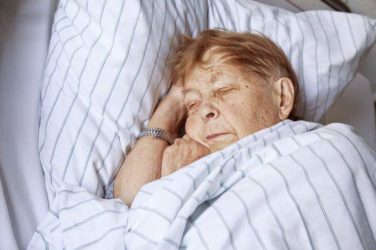Non-heterosexual women with lifetime alcohol use disorders (AUDs) more often also suffered from liftetime drug and mood disorders than heterosexual women, according to a population-based survey.
Findings from this survey of 4,342 women in the United States with lifetime AUDs are “the first known findings to document these [sexual orientation] disparities in co-occurring disorders among women with AUDs”, according to Ethan H. Mereish and his colleagues. Of the women surveyed, 4,151 reported being heterosexual and the remaining 191 of them reported being bisexual, lesbian, or unsure of her sexual orientation.
While 58.4% of the women who were bisexual, lesbian, or unsure of her sexual orientation had a mood disorder, 48% of the heterosexual women had at least one of these types of disorders. An even greater disparity in the prevalence of drug disorders between the two groups was found. Forty-nine percent of the sexual minority women had one or more of these types of disorders compared to 26.1% of the heterosexual women.
The researchers concluded that sexual minority women with AUDs had greater risk for anxiety, mood, and drug use disorders sometime in their lives than were heterosexual women with AUDs. Further research is needed to identify the risks for AUDs and theoretical mechanisms causing and protecting against AUDs in women who are bisexual, lesbian, and unsure of their sexual orientation, according to the researchers.
Find the full study in Addictive Behaviors ( doi:10.1016/j.addbeth.2015.03.023 ).



